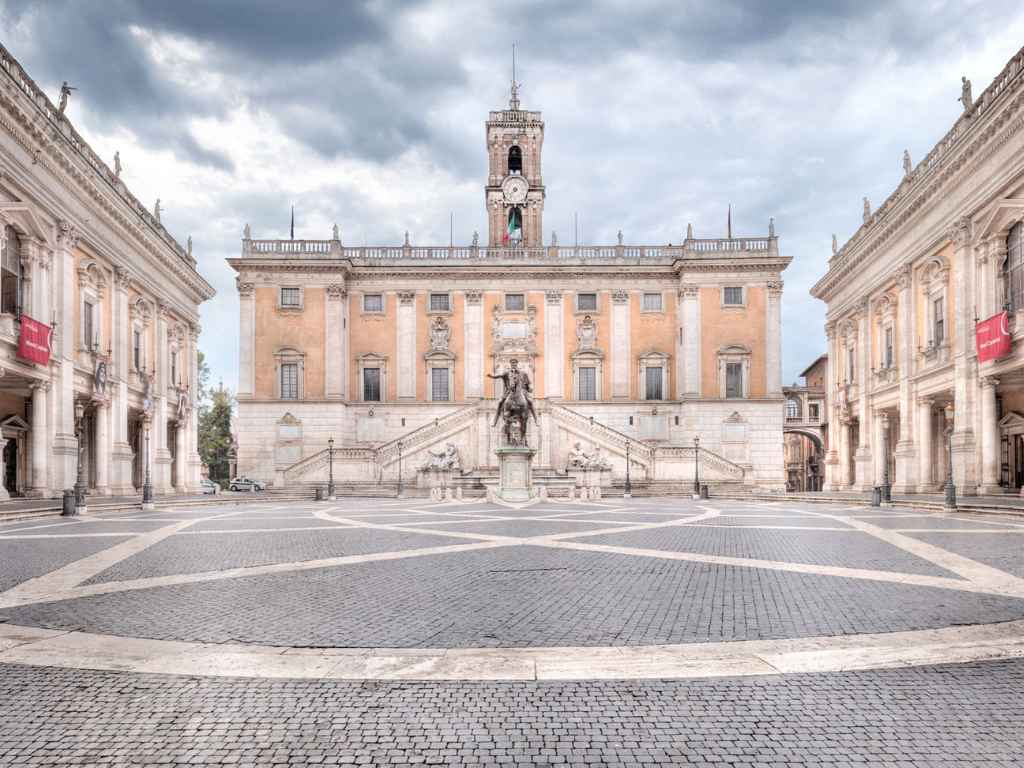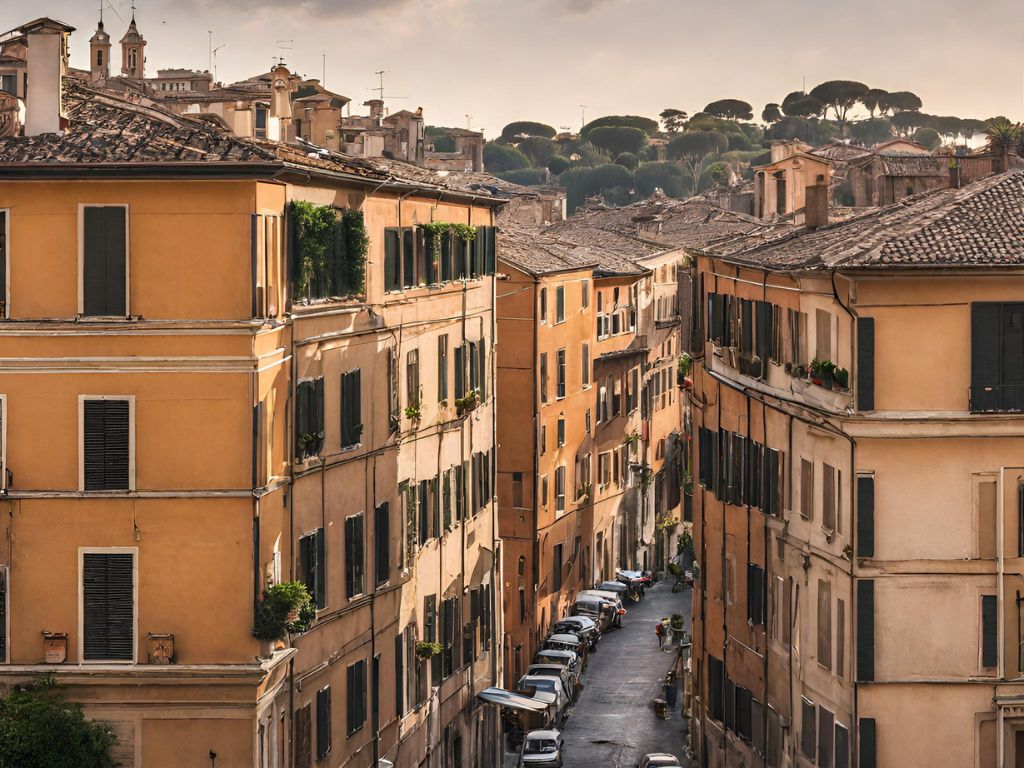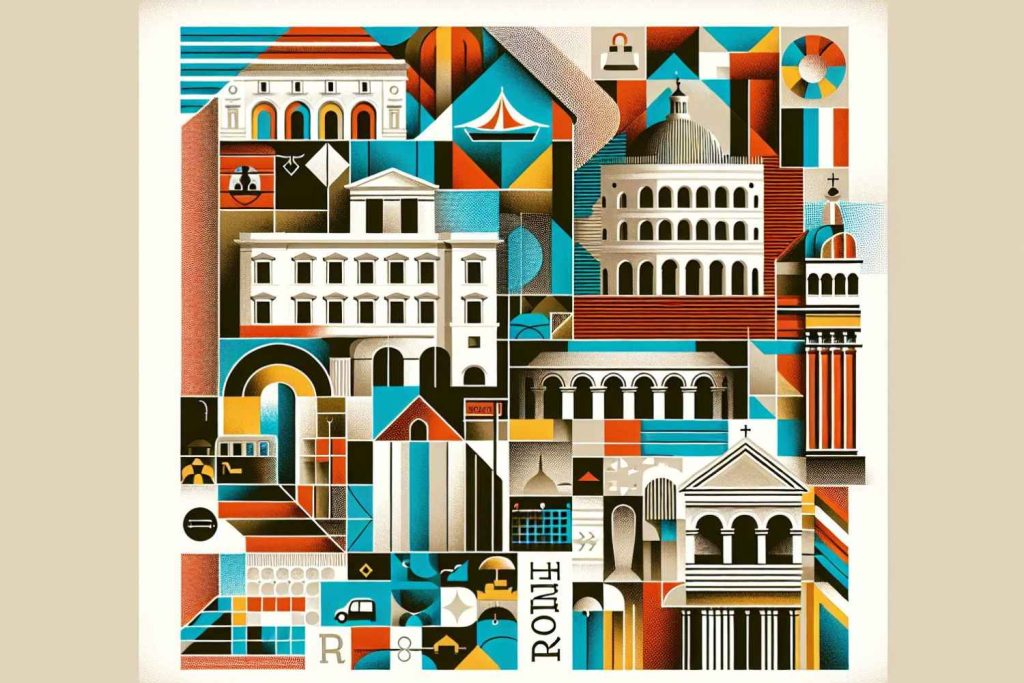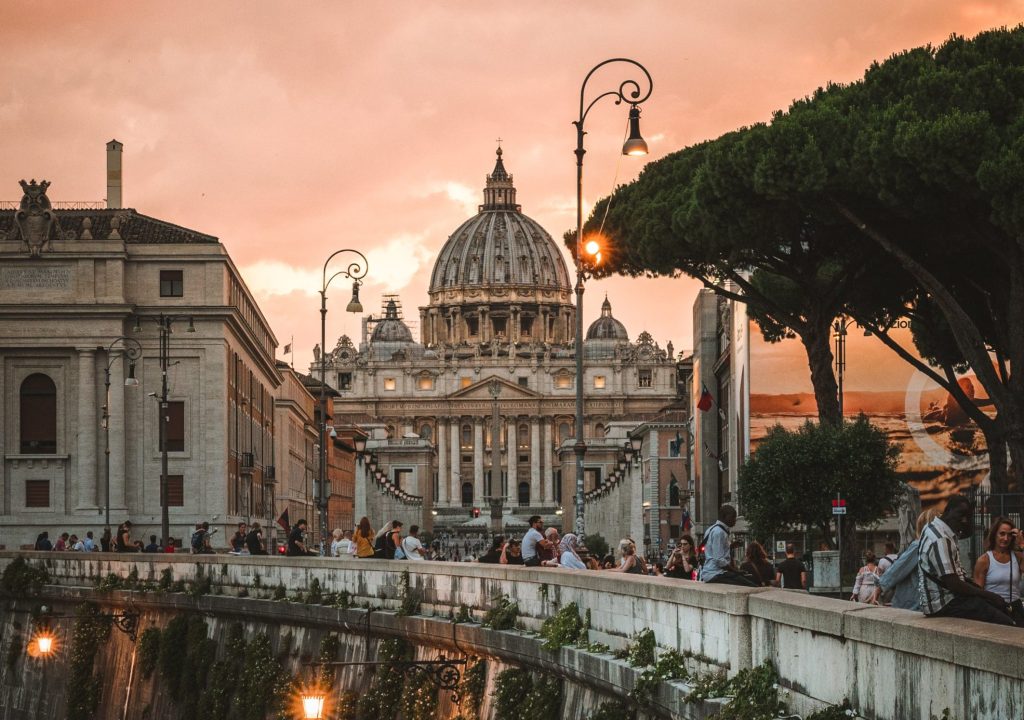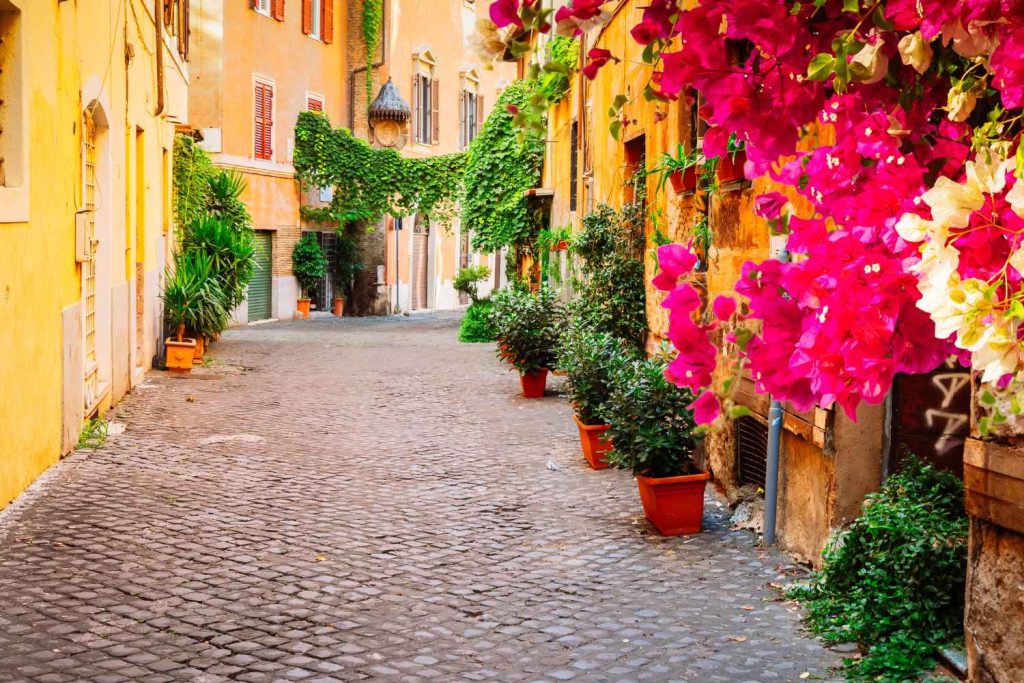Nestled in the heart of the eternal city of Rome lies a treasure trove of history, art, and culture – the Capitoline Hill.
This iconic hill, also known as the Campidoglio in Italian, is a testament to Rome’s enduring legacy as a cradle of civilization. As you wander through its cobblestone streets, you’ll find yourself transported back in time, surrounded by ancient ruins, magnificent sculptures, and breathtaking views that have inspired artists and travellers for centuries. In this comprehensive travel guide, we’ll explore the rich history, remarkable attractions, and the captivating charm of Capitoline Hill, inviting you to embark on a journey of discovery through the heart of Rome.
A Glimpse into the Past
To truly appreciate Capitoline Hill’s significance, one must first delve into its illustrious past. This historic site dates back to the 16th century BC when it served as one of Rome’s seven legendary hills. Over the centuries, it evolved into the city’s religious and political centre. In 509 BC, the Capitoline Hill became the site of Rome’s first ever temple, dedicated to Jupiter, Juno, and Minerva, the most important deities in Roman mythology.
The iconic Temple of Jupiter Optimus Maximus stood proudly at the hill’s summit, symbolising Rome’s power and influence. Sadly, the temple no longer exists today, but the Capitolium Museum on Capitoline Hill houses numerous artefacts that tell the story of its grandeur.
Piazza del Campidoglio – The Heart of Capitoline Hill
As you ascend the hill, you’ll arrive at the Piazza del Campidoglio, the focal point of Capitoline Hill’s beauty and grandeur. Designed by the Renaissance genius Michelangelo Buonarroti in the 16th century, the square is a masterpiece of urban planning and architectural harmony. Its trapezoidal shape, cobbled flooring, and elegant buildings are a testament to Michelangelo’s genius in blending classical and Renaissance styles.
At the centre of the square stands a replica of the famous equestrian statue of Emperor Marcus Aurelius, which was created in the 2nd century AD and now preserved in the Capitolium Museum. The statue’s grandeur is awe-inspiring, reflecting the power and authority of ancient Rome.
Capitolium Museum – A Treasure Trove of Antiquities
One of the most compelling reasons to visit Capitoline Hill is the Capitolium Museum, which houses an unparalleled collection of ancient artefacts. From sculptures to frescoes, the museum’s exhibits offer a fascinating glimpse into Roman life and culture.
Among the museum’s highlights is the original bronze statue of the She-Wolf, which is believed to have been created in the 5th century BC. This iconic piece, depicting the mythical she-wolf nursing the twins Romulus and Remus, is an enduring symbol of Rome’s legendary founding story.
Another must-see exhibit is the Dying Gaul, a Hellenistic marble masterpiece that captures the agony of a wounded warrior. The level of detail and emotion conveyed in this sculpture is a testament to the skill of ancient artists.
Palazzo dei Conservatori – A Renaissance Gem
Adjacent to the Capitolium Museum is the Palazzo dei Conservatori, a Renaissance palace that houses an array of stunning artworks and historical treasures. The palace’s interiors are adorned with frescoes, intricate ceilings, and beautifully decorated rooms.
One of the highlights within the Palazzo dei Conservatori is the Hall of the Horatii and the Curiatii, where you can admire the renowned frescoes by Renaissance artist Pietro da Cortona. These frescoes depict the legendary Roman story of the Horatii and the Curiatii, showcasing da Cortona’s mastery of perspective and composition.
The Capitoline Wolf – An Icon of Motherhood
No visit to Capitoline Hill is complete without encountering the famous Capitoline Wolf. This ancient bronze statue, believed to date back to the 5th century BC, has become an enduring symbol of both Rome and motherhood. The she-wolf, with her gentle yet protective posture, captures the essence of nurturing and safeguarding.
The statue is displayed in a specially designed room in the Capitolium Museum, allowing visitors to admire it from multiple angles. While the twins Romulus and Remus were added to the sculpture during the Renaissance, the she-wolf herself remains a powerful and evocative piece of art.
Views from the Hill – A Panorama of Rome
As you explore Capitoline Hill, take a moment to soak in the breathtaking panoramic views it offers. From its elevated position, you can gaze out over the city of Rome, taking in iconic landmarks such as the Roman Forum, the Colosseum, and the Altare della Patria.
The view from Capitoline Hill provides a unique perspective on the city’s layout, revealing the layers of history that make Rome such a captivating destination. Whether you visit during the day or at sunset, the vistas from this hilltop are sure to leave an indelible mark on your memory.
Capitoline Hill Today – A Living Museum
While Capitoline Hill is steeped in history, it is also a living museum where the past and present coexist harmoniously. The hill is home to Rome’s City Hall, making it a hub of political activity. Visitors may even have the opportunity to witness official ceremonies or events taking place in the Piazza del Campidoglio.
In addition to its political role, Capitoline Hill hosts cultural events, art exhibitions, and music performances. The vibrant atmosphere and dynamic cultural scene ensure that there is always something new and exciting to discover on the hill.
Informational video tour of Capitoline Hill
Practical Information for Visitors
Before embarking on your journey to Capitoline Hill, here are some practical tips to enhance your experience:
Opening Hours: The Capitolium Museum and Palazzo dei Conservatori are usually open from Tuesday to Sunday, with varying hours of operation. Be sure to check the official website for the most up-to-date information.
Tickets: Admission fees may apply, and it’s advisable to purchase tickets in advance to avoid long queues, especially during peak tourist seasons.
Guided Tours: Consider joining a guided tour to gain deeper insights into the history and significance of Capitoline Hill. Knowledgeable guides can provide a wealth of information and anecdotes.
Accessibility: The hill and its attractions are accessible to people with reduced mobility, but it’s a good idea to check for any specific accommodations you may need in advance.
Photography: Don’t forget your camera! Capitoline Hill offers numerous picturesque spots for capturing memories of your visit.
Dress Code: As a place of historical and cultural importance, it’s recommended to dress modestly and respectfully when visiting Capitoline Hill.
Capitoline Hill is more than just a hill; it’s a living testament to the enduring legacy of Rome. With its rich history, stunning architecture, world-class museums, and breathtaking views, this iconic landmark offers a truly immersive experience for travellers seeking to connect with the heart of the eternal city. Whether you’re a history buff, an art enthusiast, or simply a curious wanderer, Capitoline Hill invites you to step back in time and uncover the layers of history that have shaped Rome into.
When you find yourself in Rome, we highly recommend considering a Private Tour of Capitoline Hill and Capitoline Museums to make the most of your visit. Explore the rich history and artistry of this iconic location with an expert guide by your side.
And for your accommodation needs, take advantage of this curated list by Booking.com, offering a wide range of options to suit every traveler’s preferences and budget. Whether you seek luxury, comfort, or a charming boutique stay, you’ll find the perfect place to call home during your Roman adventure.
Booking.com – Capitoline Hill (booking.com/landmark/it/capitoline-hill.html)
More articles you might like...
You can find more great Rome content in the following categories;
All about Vatican City Commonly Asked Rome Questions Rome Accommodation Rome Food and Drink Rome History and Culture Rome Neighbourhoods Rome Tours and Must-See Attractions Rome's Top Tours
